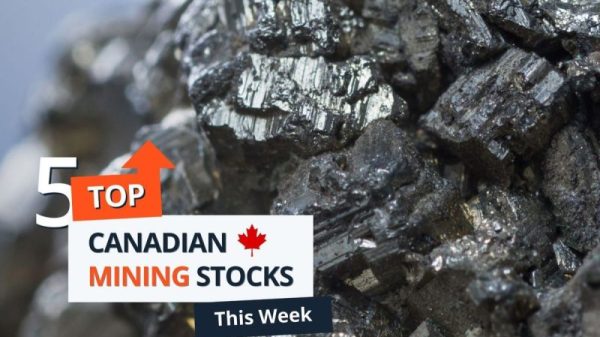A probe designed to scour the sky for bursts of X-rays that could help illuminate mysterious phenomena linked to black holes and merging stars, took flight this week.
The Einstein probe, named for the famous German-born theoretical physicist, launched aboard one of China’s Long March 2C rockets on Tuesday, according to a news release from the European Space Agency.
China ’s Aerospace Science and Technology Corporation, which operates the nation’s Long March rockets, confirmed the successful launch on social media.
The spacecraft was constructed as a collaborative effort involving the Chinese Academy of Sciences, the Max Planck Institute for Extraterrestrial Physics in Germany, and the European Space Agency.
Spotting signs of X-ray bursts could help scientists develop a better fundamental understanding of high-energy processes in space, such as supernova explosions, neutron star collisions and black holes spewing matter after devouring magnetic fields, according to the ESA.
Hunting for X-ray blasts
The Einstein probe uses two instruments to detect blasts of X-ray light that these phenomena emit: a Wide-field X-ray Telescope (WXT) and the Follow-up X-ray Telescope (FXT).
The WXT is designed to make broad scans of the sky, hunting for X-ray beams. The instrument is modeled after the eyes of lobsters, which have thousands of square pores that funnel light into a circular center. Using a similar design on the telescope allows the WXT to capture one-tenth of the entire sky in a single snapshot, according to the ESA.
After the WXT instrument detects an X-ray, the more sensitive FXT instrument is designed to quickly gather more in-depth information.
“Thanks to (WXT’s) uniquely wide gaze, we will be able to catch the X-ray light from collisions between neutron stars and find out what is causing some of the gravitational waves we detect on Earth,” said Erik Kuulkers, ESA’s Einstein Probe project scientist, in a statement. “Often, when these elusive space-time ripples are registered, we cannot locate where they are coming from. By promptly spotting the burst of X-rays, we will pinpoint the origin of many gravitational wave events.”
The Einstein probe is expected to operate in Earth’s orbit, about 600 kilometers (370 miles) above ground. The spacecraft is expected to be able to monitor the entire night sky for X-rays in just three orbits around the Earth, or roughly every four and a half hours.































